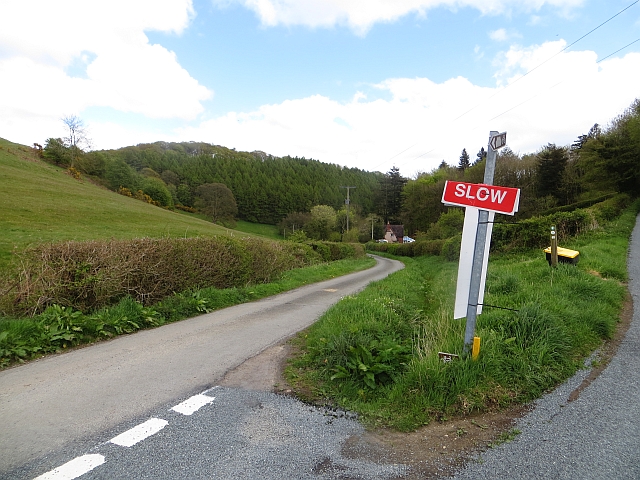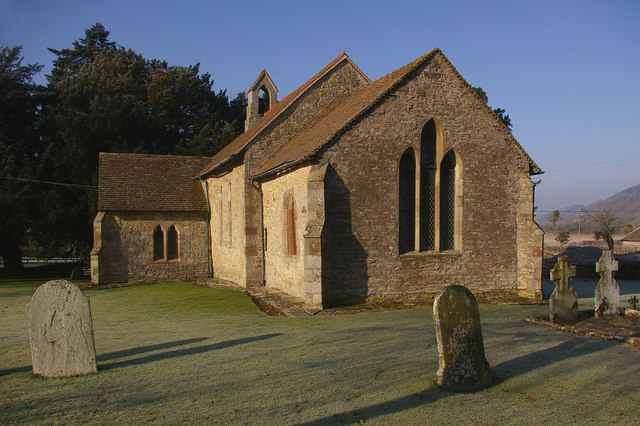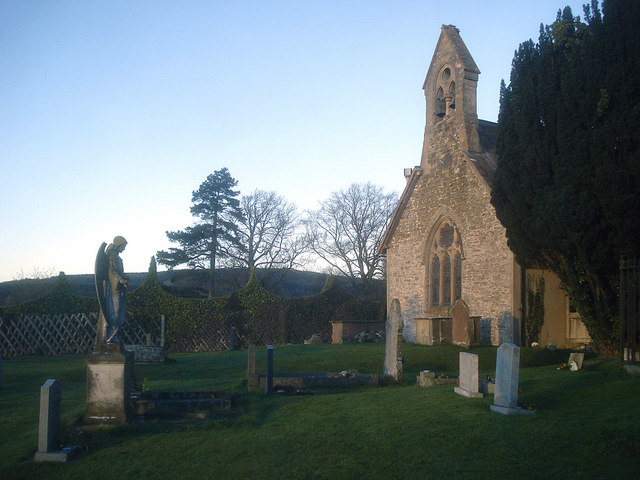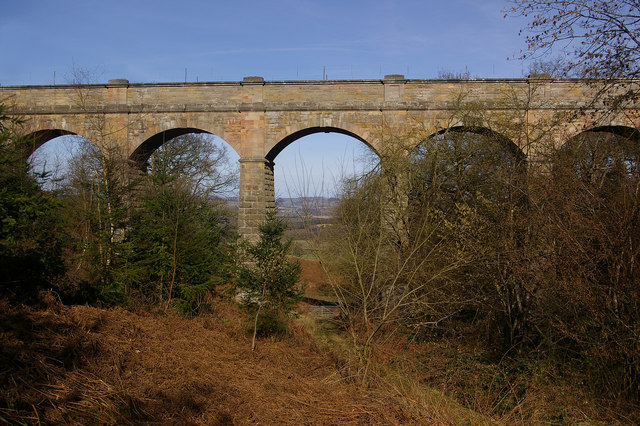Aston Copse
Wood, Forest in Herefordshire
England
Aston Copse

Aston Copse is a picturesque woodland located in the county of Herefordshire, England. Covering an area of approximately 100 hectares, this ancient forest is a haven for nature enthusiasts and outdoor lovers alike.
The copse is predominantly composed of a diverse range of deciduous trees, including oak, beech, and ash, which create a stunning tapestry of colors throughout the seasons. The forest floor is adorned with a rich carpet of wildflowers, such as bluebells and primroses, adding to its natural charm.
The wood is intersected by a network of well-maintained footpaths and trails, making it easily accessible for walkers and hikers. These pathways offer visitors the opportunity to explore the copse at their own pace, immersing themselves in the peaceful ambiance of the woodland. The serenity of Aston Copse is enhanced by the absence of vehicular traffic, allowing visitors to fully appreciate the sounds of birdsong and the rustling of leaves.
The forest is also home to a diverse range of wildlife, including deer, badgers, and a variety of bird species. Birdwatchers can often spot raptors soaring overhead or hear the distinctive call of woodpeckers echoing through the trees.
Aston Copse is managed by the local authorities, who strive to maintain its natural beauty and protect its ecological importance. Visitors are encouraged to respect the woodland and adhere to any guidelines in place to ensure the preservation of this unique natural resource.
Overall, Aston Copse offers a tranquil escape from the hustle and bustle of everyday life, providing a sanctuary for both flora and fauna, and a place for people to connect with nature.
If you have any feedback on the listing, please let us know in the comments section below.
Aston Copse Images
Images are sourced within 2km of 52.339884/-2.7866179 or Grid Reference SO4671. Thanks to Geograph Open Source API. All images are credited.











Aston Copse is located at Grid Ref: SO4671 (Lat: 52.339884, Lng: -2.7866179)
Unitary Authority: County of Herefordshire
Police Authority: West Mercia
What 3 Words
///stable.coached.performed. Near Elton, Herefordshire
Nearby Locations
Related Wikis
Pipe Aston
Pipe Aston is a small village and civil parish in the far north of Herefordshire, close to the border with Shropshire. It has a population of about 24...
Elton, Herefordshire
Elton is a hamlet and civil parish in the far north of Herefordshire. It is situated on the Wigmore to Ludlow road. The village is northeast of Leinthall...
High Vinnalls
High Vinnalls is a hill in the English county of Herefordshire, though commonly considered a member of the Shropshire Hills. It is located in the parish...
Elan aqueduct
The Elan aqueduct crosses Wales and the Midlands of England, running eastwards from the Elan Valley Reservoirs in Mid Wales to Birmingham's Frankley Reservoir...
Nearby Amenities
Located within 500m of 52.339884,-2.7866179Have you been to Aston Copse?
Leave your review of Aston Copse below (or comments, questions and feedback).









